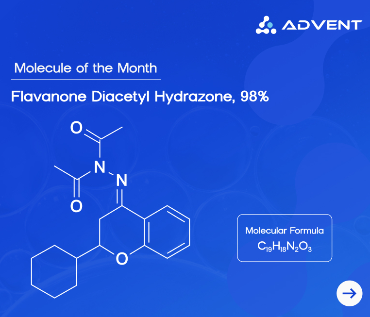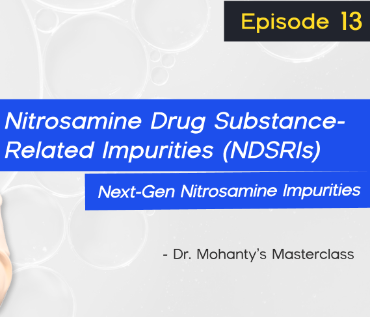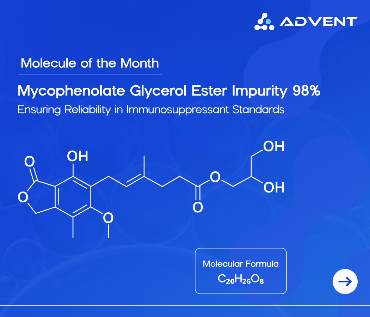Once upon a time, there lived a witch in the faraway islands. On the night of every new moon, she performed mysterious rituals and created strange polymers- materials unknown to the world. She used these materials to cast fear and dominance over the people.
One day, a little curious girl found her way to her hut. There, she peeked into her hut while the witch was performing her magical ritual. Alas! The secret was revealed! She saw the witch using Trichloroacetic acid to produce the mystical materials.
Curious about what she saw, the girl wanted to learn more about it. So, she started reading and researching. She soon found out that Trichloroacetic Acid is used in many important ways in science and chemistry. Here’s what she discovered:
What is the formula for Trichloroacetic acid?
The formula for Trichloroacetic Acid or TCA is C2HCl3O2, which can also be written as CCl3COOH. It is sometimes referred to as trichloroethanoic acid or acetocaustin as well. Its molecular weight is 163.39 g/mol. You can order this chemical online from Advent by simply clicking on the Product code: 93027
TCA can be produced by either chlorinating acetic acid or by hydrolysing trichloroacetyl chloride. The presence of three chlorine atoms in its structure is responsible for increasing its acidity more than that of acetic acid.
Since chlorine atoms have an electron affinity, they exert a strong electron-withdrawing effect, which stabilises the carboxylate ion that is formed after dissociation. Therefore, TCA is a stronger acid than most of the commonly used organic acids. Hence, it is used in acid-catalysed reactions and biochemical applications.
This chemical is used for various purposes such as:
Organic Synthesis: Owing to the strong acidity of TCA, it is used as a catalyst and reagent in reactions like:
Esterification and Hydrolysis: TCA can effectively catalyse esterification reactions by protonating the carbonyl oxygen. It thereby increases the electrophilicity of the carbon. Under the milder conditions, it can also catalyze the hydrolysis reactions of esters and amides.
Deprotecting the Acid-Labile Groups: Usually, the protecting groups like tert-butyl(t-Bu) esters and ethers are used in a multi-step reaction to mask the reactive functional group. TCA is able to cleave these protecting groups selectively, and therefore is particularly used for the selective deprotection step.
Facilitates Solubility and Phase Transfer: As TCA is a highly polar molecule, it is able to solubilise both organic and inorganic compounds. It thereby improves the yield in the biphasic system by aiding in the phase-transfer reactions.
Protein and Nucleic Acid Precipitation: TCS has the ability to disrupt hydrogen bonding, hydrophobic interactions, and ionic bonds, which are primarily responsible for maintaining the protein structure. It has therefore been scientists' favourite chemical in biochemical laboratories.
Precipitation of Proteins: It is used to precipitate proteins from biological fluids like blood, serum, and cell lysates. Protein precipitation is a critical technique for concentrating and purifying samples.
To Purify Nucleic Acids: Though it is mainly used for protein purification, it can also isolate DNA and RNA by precipitating unwanted proteins and other biomolecules, leaving nucleic acids in the solution behind.
To perform Enzyme Assay and Stopping Reactions: TCA is used to terminate reactions in colourimetric and enzymatic assays to measure the reaction endpoints accurately. The reaction is terminated by denaturing enzymes.
Analytical Chemistry: TCA serves various purposes in analytical chemistry, such as:
For sample preparation: Trichloroacetic acid can remove undesirable proteins, detergents, and salts from the sample to ensure clean results in further studies like HPLC, electrophoresis, and spectroscopy.
To adjust pH: The strong acidity of TCA is used to control the reaction environment precisely, especially when a low pH is needed.
To Stabilize reactive compounds: It is used to stabilize unstable intermediates or reaction products in kinetic or spectrophotometric studies.
In Material Science and Polymer Chemistry: TCA has also gained significance in material sciences for the following applications-
To modify surfaces: It can be used to treat and change the surfaces of the polymer to make them more hydrophilic. It can also alter its adhesion properties.
To degrade polymer: It is used to break down complex polymer chains through hydrolysis in polymer research. Thus, allowing the study of the monomer units or degradation products.
To develop biomaterials: Biomaterials are used in medical applications. Therefore, they must be highly pure without harmful chemicals or residue. TCA is used to purify these biomaterials.
To synthesise Peptides: For peptide synthesis, Solid-Phase Peptide Synthesis is the go-to reaction. TCA plays a crucial role in peptide synthesis in the following ways:
To cleave peptides from resin supports: It has the ability to cleave the acid-sensitive linkers, releasing the synthesised peptides from the solid resin without damaging the peptide chain.
To structurally modify a protein: Scientists use TCA to denature the protein for studying the protein folding and stability through various analytical studies.
To analyze post-translational modifications of the proteins: TCA precipitation allows for the concentration of proteins with specific modifications, allowing better detection and analysis.
How to Handle TCA Safely?
Because Trichloroacetic Acid is highly corrosive and can cause burns if it comes in contact with skin, it must be handled carefully.
Here are the measures to follow when handling it:
Wear gloves, goggles, and a lab coat while handling it.
Strictly handle this chemical under the fume hood as it emits harmful fumes.
The institutional and environmental guidelines must be strictly followed while discarding it to prevent harm to aquatic life and ecosystems.
Where to Buy Highly Pure Trichloroacetic Acid?
To perform the magic perfectly, it is necessary to use the purest form of Trichloroacetic Acid. At Advent, we supply TCA, suitable for your every recipe.
Trichloroacetic acid (6.1 N) solution (product code: 97028) is a solution grade TCA;
Trichloroacetic acid, 99%, is available in two grades: Synthesis Grade (product code: 91918) and LR grade (product code: 93027).
We ensure you push your boundaries to drive discovery and innovation across the chemical and life sciences. For information about Trichloroacetic acid and other 3000 products, contact us today!
We ensure you push your boundaries to drive discovery and innovation across the chemical and life sciences. For information about Trichloroacetic acid and other 3000 products, contact us today!




